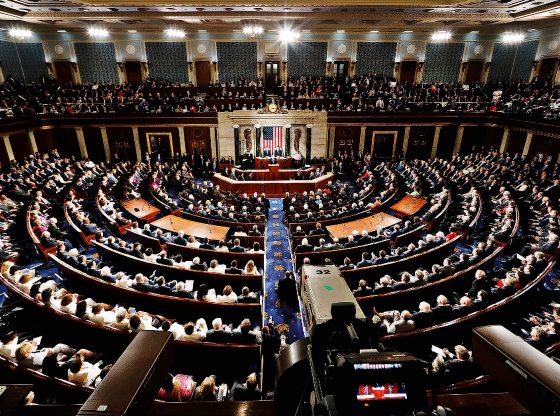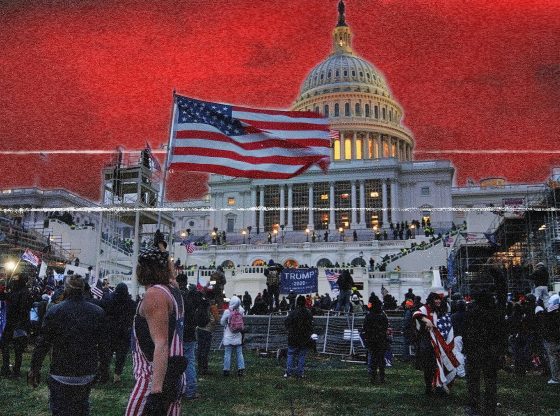Even as the nation has waged a two-decade-long Global War On Terror, the number of military veterans in Congress has slid to a near-record low.
“The incoming U.S. House of Representatives will have 80 members who’ve served in the military at some level, or 18.4 percent of the total membership… The number of senators who are veterans, 17, will stay the same,” the Pew Research Center reports.
That figure is drastically lower than decades earlier.
“The next House will still have one of the smallest shares of veteran members in modern times. Between 1965 and 1975, at least 70% of members in each chamber had military experience, reflecting the mass mobilizations of World War II and the Korean War,” Pew adds.
The number is even lower than recent years. In 2001, at the start of the Global War on Terror, 37 percent of the House and 27 percent of the Senate served in the military.
Surprisingly, veterans fared poorly in the 2022 midterm elections.
“Although 191 veterans won their parties’ nominations for House seats in 2022, only 80 of them won in the general election – and 62 of the victors were incumbents,” Pew reports.
Those who were elected are largely Republican.
“More than three-quarters of veterans in the new House (62) are Republicans, while fewer than a quarter (18) are Democrats. On the other side of the Capitol, 10 of the 17 veteran senators are Republicans and seven are Democrats. In both chambers combined, all but seven veteran lawmakers are men,” Pew finds.
The low numbers of veterans in Congress perhaps also reflects how technology is allowing the modern U.S. military to engage in global-scale combat with a smaller force, and is now built to combat small bands of insurgents rather than repel large-scale invading armies.
In 2000, prior to the 9/11 attacks and the Global War on Terror, the Pentagon had a $272.4 billion budget, which exploded to $750 billion in 2019.
But MacroTrends reports that the number of active duty personnel has dropped in that time, from 1,454,800 in 2000 to 1,388,000 in 2019. At its largest, under the War On Terror there were 1,569,417 active duty personnel.
By comparison, there were 2,240,000 active duty personnel in 1985, during the Cold War.














We should have More in House or Senate
Unless in other Govt positions govt wide